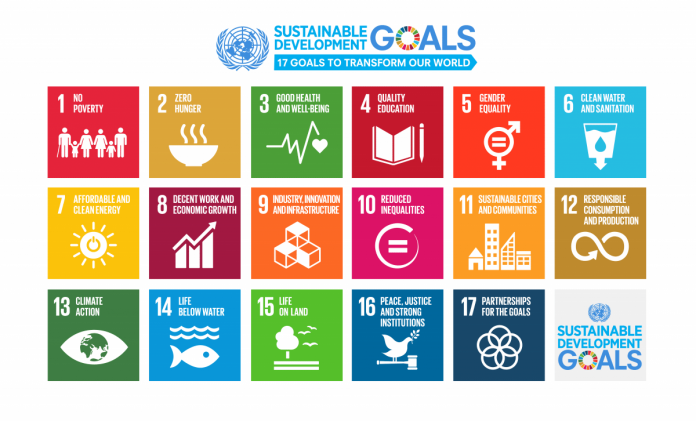If rising carbon dioxide levels are not controlled, the global goal to end hunger and achieve food security will be severely affected – stated in a WMO report. The World Meteorological Organization (WMO) recently published a new report titled Climate Indicators and Sustainable Development: Demonstrating the Interconnections.
Its release coincides with the United Nations General Assembly annual session and the opening on 22 September of the SDG Action Zone, which is dedicated to accelerating action on the SDGs.
The report examines the implications of the latest data and scientific research on the state of the global climate for sustainable development, to highlight how our climate is already changing and how the changes will impede the achievement of the SDGs.
Aim of the report
The aim of the WMO report is to demonstrate the connections between the global climate and the SDGs, which go far beyond SDG 13 for climate action.
It also champions the need for greater international collaboration, which is essential for achieving the SDGs. It also seeks to limit global warming to less than 2 °C or even 1.5°C by the end of the current century.
Climate Indicators
The report highlights seven climate indicators, impacting the SDGs:
- Carbon dioxide concentration
- Temperature
- Ocean acidification
- Ocean heat content
- Sea-ice extent
- Glacier mass balance and
- Sea-level rise
Rising Carbon Dioxide Concentration
The rising concentration of CO2 will impact all of the 17 United Nations-mandated SDGs.
The organisation’s scientists found that rising CO2 concentration due to human activities was a key driver of global climate change.
Impact on SDGs
- Rising CO2 concentration and increasing global temperatures, if left unchecked, would negatively impact efforts to combat climate change under the SDG 13. This, in turn, would pose a significant threat to the achievement of the 16 SDGs other SDG 13, by 2030.
- This would occur because increased CO2 emissions would be indirectly responsible for the remaining six climate indicators: temperature, ocean acidification and heat, sea ice extent, glacier melt, and sea-level rise.
- For instance, increased CO2 levels in the atmosphere will result in nutritional depletion, compromising food security and the SDG indicator 2.1.2. This would also have an impact on SDG 1, the global target for poverty alleviation.
- Ocean acidification would result from rising CO2 levels in the water, hurting SDG indicator 14.3.1, which addresses marine acidity.
- Uncontrolled rising CO2 emissions would be indirectly responsible for risks related to the remaining six climate indicators, namely temperature, ocean acidification and heat, sea ice extent, glacier melt and sea-level rise.
- Food insecurity and loss of livelihood may exacerbate resource management conflicts, thereby threatening regional peace and stability (SDG 16.1).
- Extreme events linked to rising temperatures have an impact on rainfall patterns and groundwater availability, raising the risk of water scarcity and directly harming SDG 6 on water access and, in especially, the targets.
Recommendations
The WMO recommended improved education (SDG 4), global partnerships (SDG 17) and sustainable consumption (SDG 12) to mitigate climate risks.
Gender equality (SDG 5) is also a critical component of many of the highlighted risks, particularly relating to health, food security and water scarcity.
Increasing temperatures will lead to global and regional changes as well as shifts in rainfall patterns & agricultural seasons.
CO2 concentration drives global climate change and is indirectly responsible for risks related to several climate indicators. Thus reducing carbon emissions is the most effective and necessary climate-related action to achieve SDGs.
Recent Related News
The United Nations (UN) General Assembly adopted a new first-ever resolution on vision, titled “Vision for Everyone,” on July 23, 2021. The goal is to make eye care services an integral part of universal health coverage and addressing the growing impact of vision loss on sustainable development.
About World Meteorological Organization (WMO)
It is a specialized agency of the United Nations (UN).
Secretary-General- Prof. Petteri Taalas
Members- 193 nations
Headquarters- Geneva, Switzerland
With this we come to the end of this blog. We talked about all the major points highlighted in the World Meteorological Organization Report.




